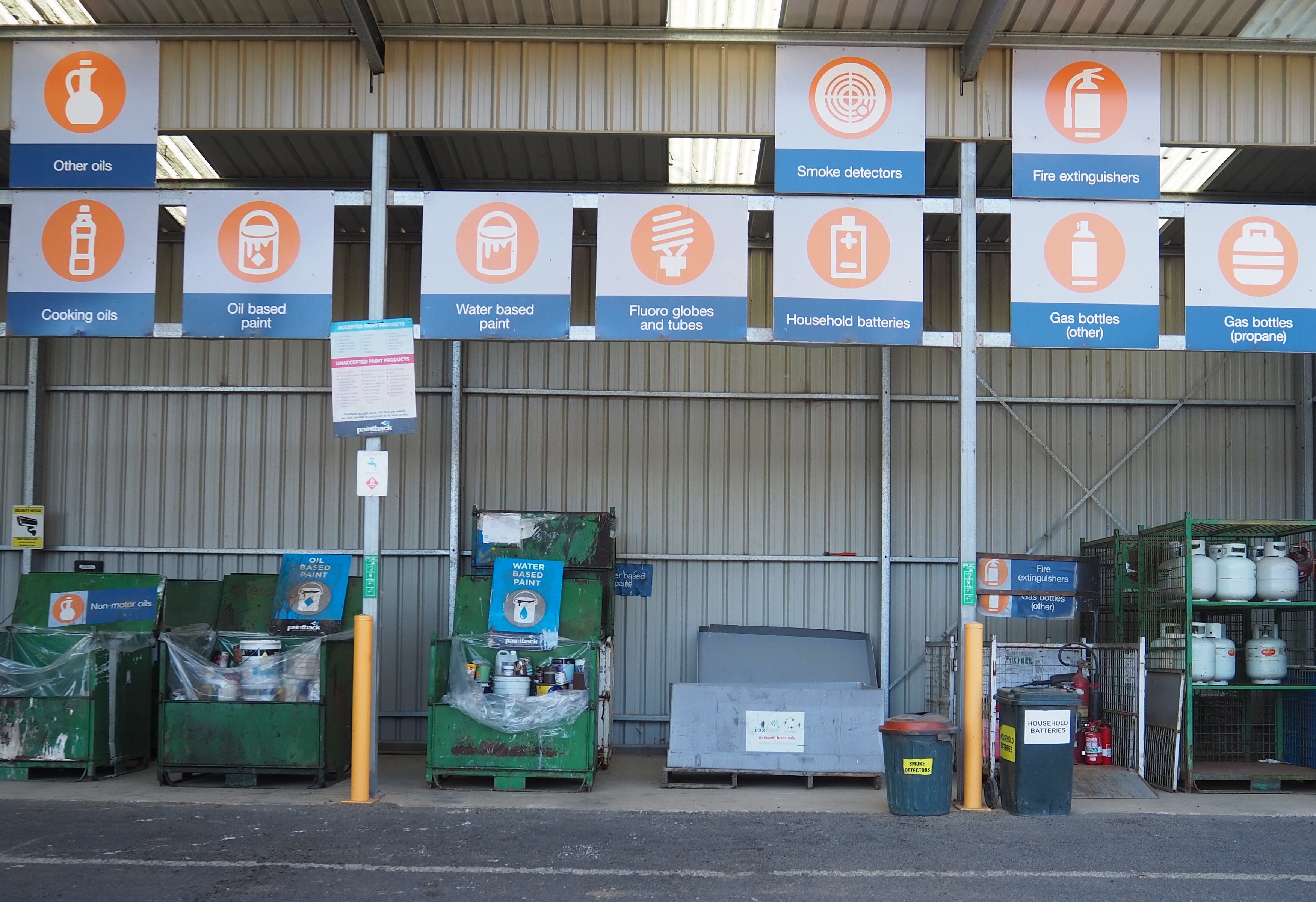- An overall $1.1 billion budget has been allocated to the newly established Queensland Fire Department
- $37.3 million for work on new, replacement and existing Queensland Fire and Rescue (QFR) stations.
- $13.1 million to continue the delivery of new or upgraded Rural Fire Service Queensland (RFSQ) brigade stations and facilities.
- $23.8 million for replacement and new QFR trucks.
- $19.5 million for replacement and new RFSQ trucks.
The Miles Government’s 2024-25 budget will provide about $1.1 billion for the newly established Queensland Fire Department (QFD), including more than $138 million to ensure the state’s firefighting services have the best facilities, vehicles and equipment to respond to future emergencies.
The 2024-25 capital budget includes $11 million to complete Queensland Fire and Rescue (QFR) stations at Airlie Beach, Caloundra South and Mitchell.
Far North Queensland communities can be assured their local Triple-0 (000) call takers will have the best facility possible, with $4.5 million allocated for a replacement Fire Communications Centre in Cairns$2.5 million has been allocated to commence the delivery of a replacement QFR station at Beerwah, after land was acquired from funding in the 2023-24 budget.
The Rural Fire Service Queensland (RFSQ) will receive $13.1 million for new and upgraded infrastructure, including new stations for Abbot Point, Biggenden and Mount Ossa brigades.
Bell Town, Biddaddaba, Delaneys Creek and Swan and Emu Creek brigades will also benefit through replacement stations to ensure contemporary facilities for volunteers.
Additionally, $23.8 million has been allocated to QFR and $19.5 million to RFSQ for replacement and new trucks.
QFR firefighters and RFSQ volunteers will also benefit from an investment of more than $17 million for new operational and training equipment.
As stated by Premier Steven Miles:
“Firefighters work tirelessly to protect their communities right across Queensland which is why my first budget is about ensuring they have what they need to carry out their important duties.
“Over the past year, they have been on the frontline supporting Queenslanders as they faced multiple significant events, including cyclones, flooding, severe storms and bushfires.
Queenslanders can be assured that our world-class fire department has the facilities and equipment they need to keep our communities safe.
As stated by Deputy Premier and Treasurer Cameron Dick:
“Across Queensland our firefighters do a tremendous job responding to challenging situations in order to keep Queenslanders safe.
“That’s why we are delivering a budget which ensures they have the best facilities, vehicles and equipment for the future.”
As stated by the Minister for Fire and Disaster Recovery Nikki Boyd:
“This significant investment in new and upgraded QFR stations, in addition to new and replacement vehicles, will ensure that our Queensland firefighters are well-equipped to respond to incidents’, Ms Boyd said.
“Fire Communications Officers play a crucial role in quick response, which is why we are investing in replacing the Fire Communications Centre in Cairns to ensure Triple Zero calls continue to be answered by people who know the local area.
“Across the state, our rural volunteers give up countless hours preparing their communities and responding to incidents, and we are investing in new or upgraded RFSQ stations, trucks and equipment to ensure brigades can continue to protect their communities.”
As stated by Queensland Fire and Emergency Services (QFES) Commissioner Steve Smith:
“Funding for new and replacement stations will ensure we can continue to meet the needs of growing communities as we transition to the Queensland Fire Department,” Mr Smith said.
“Firefighters don’t just respond to house fires or bushfires, they also attend car crashes, hazardous materials incidents and perform technical rescues, all of these situations require different and specialised equipment.
“The Fire Communications Centre in Cairns manages Triple Zero calls, dispatching of crews and radio communications for the Far North so it’s important they have a contemporary facility to carry out their crucial role.
“Above all, our personnel’s safety is paramount, so we want to ensure that our investment reflects this priority and our crews have the necessary safety equipment for the work they undertake.
“New and replacement vehicles across both services will also be welcomed by our crews as it means they can continue supporting their communities.”








